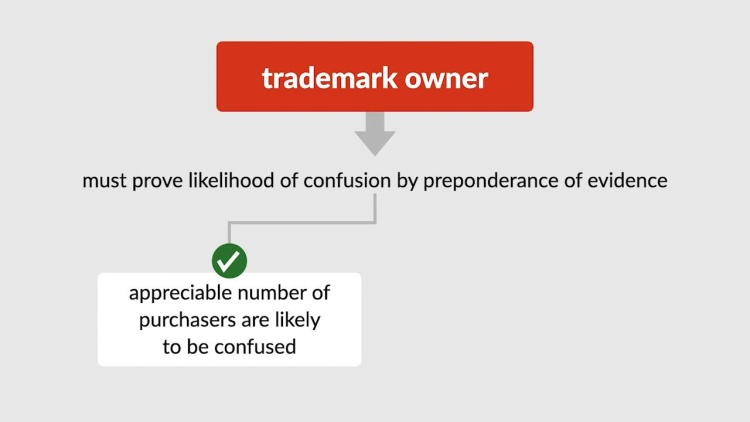Trademark Infringement II
Learn about the multi-factor likelihood-of-confusion test, as well as the different evidentiary sources trademark owners use.
Transcript
A trademark owner must prove that an accused infringer’s unauthorized use is likely to confuse consumers. At the outset, it’s important to note that the Lanham Act doesn’t require actual confusion, only a likelihood of confusion.
A trademark owner must prove likely confusion by a preponderance of the evidence. In general, courts evaluate whether an appreciable number, not necessarily a majority, of ordinarily prudent purchasers are likely to be confused. Although there’s a split of authority,...




